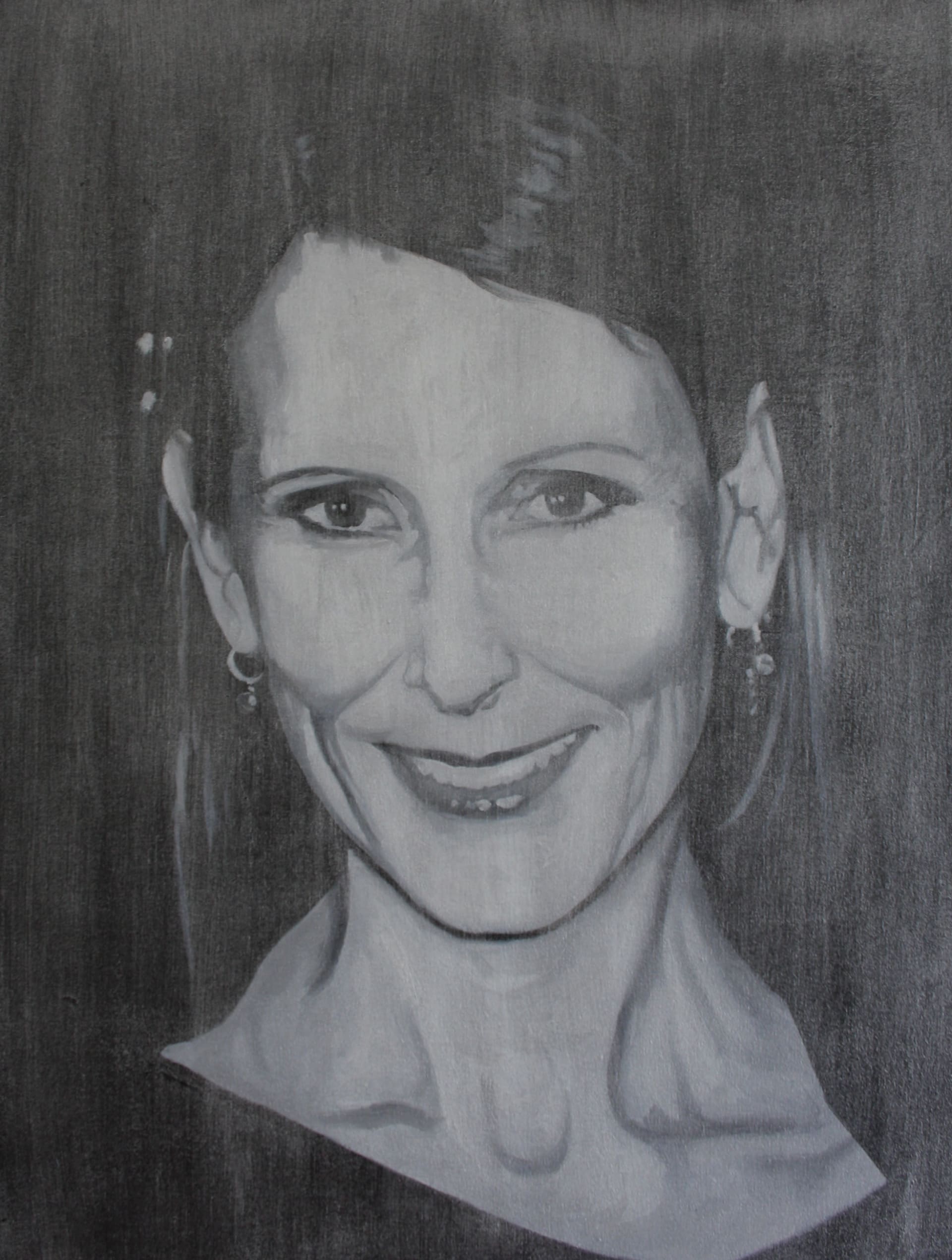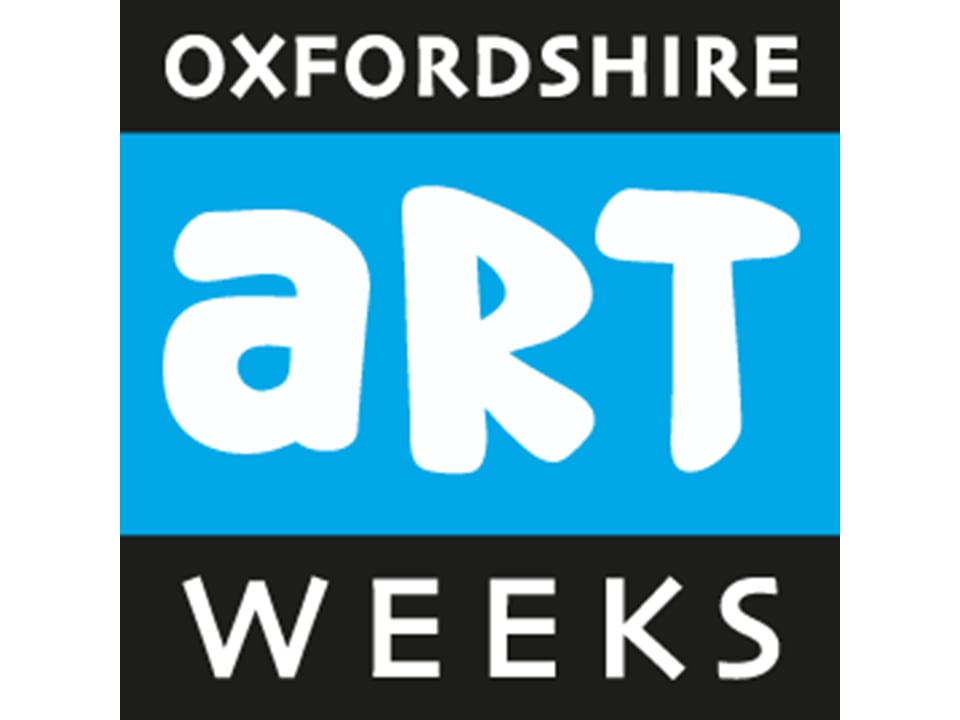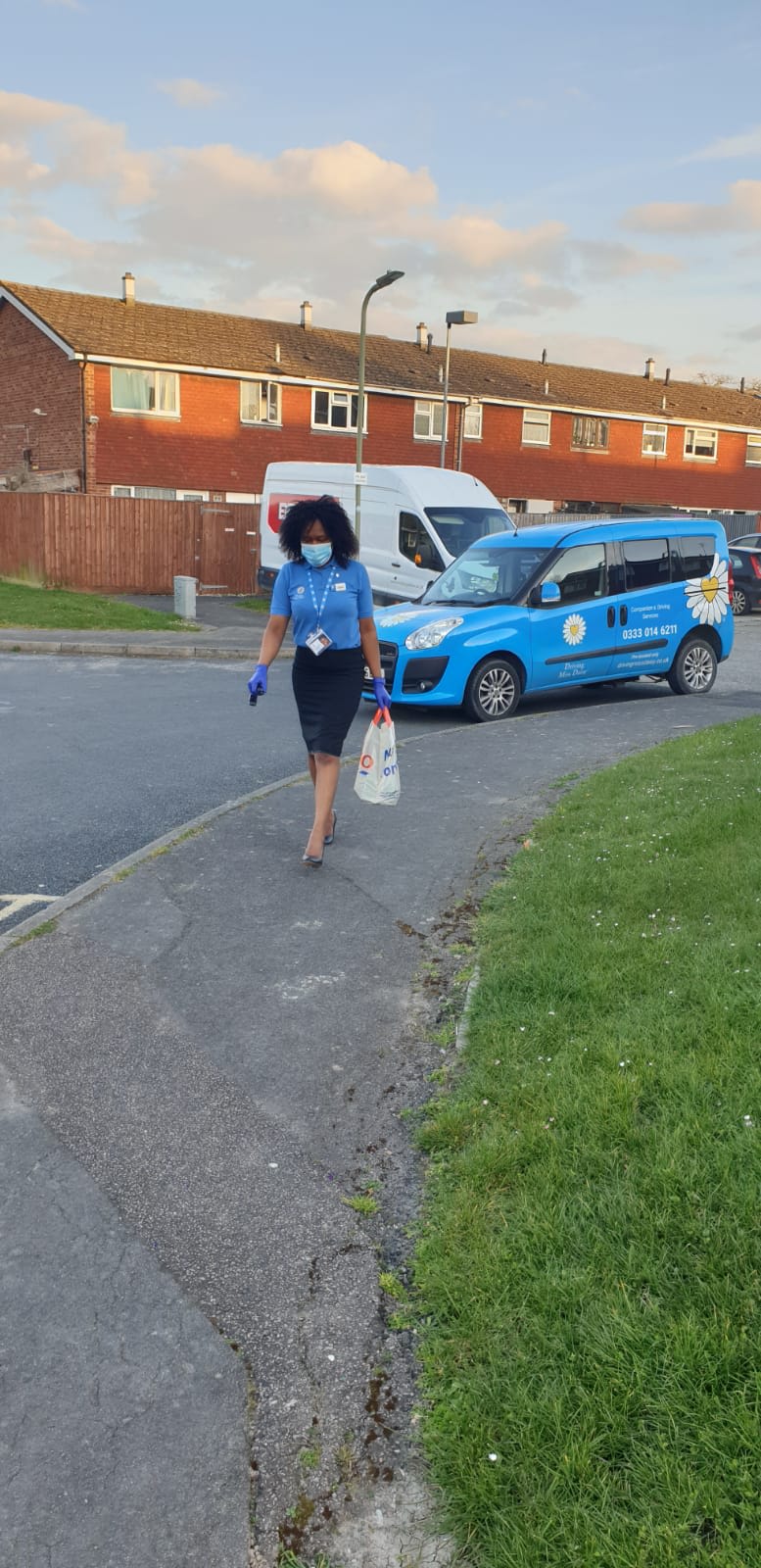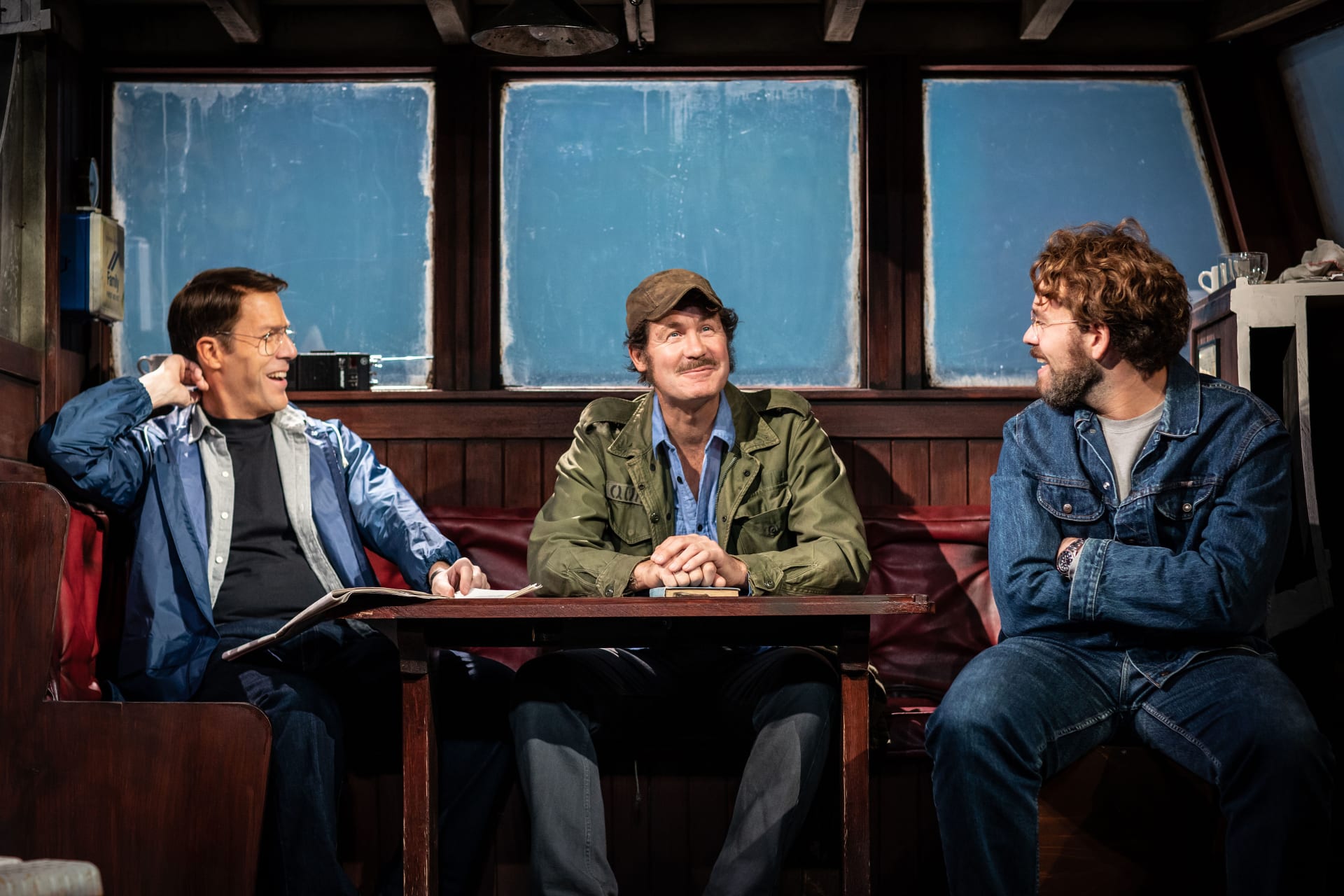Tall, slim and bright eyed with energy and enthusiasm, artist Rona paints from the heart, her pictures telling the story of her life, whether actual or the parallels she sees in other people’s lives, and because of this much of her work has focused on women. She is always interested in people, depicting their interests and what makes them interesting, and usually uses photographs as a reference as she much prefers to work in solitude, taking a very realistic approach to painting.
Rona’s work can be rich with almost painful emotion as she watched, for example, her children fly the nest, after a period that was fraught with the usual difficulties that befall teenagers at the same time as her mum struggled with declining health in Canada, the country where she grew up. “I was caught in the middle of these intergenerational push and pull factors,” she says, “but painting has always helped me work through these things.”
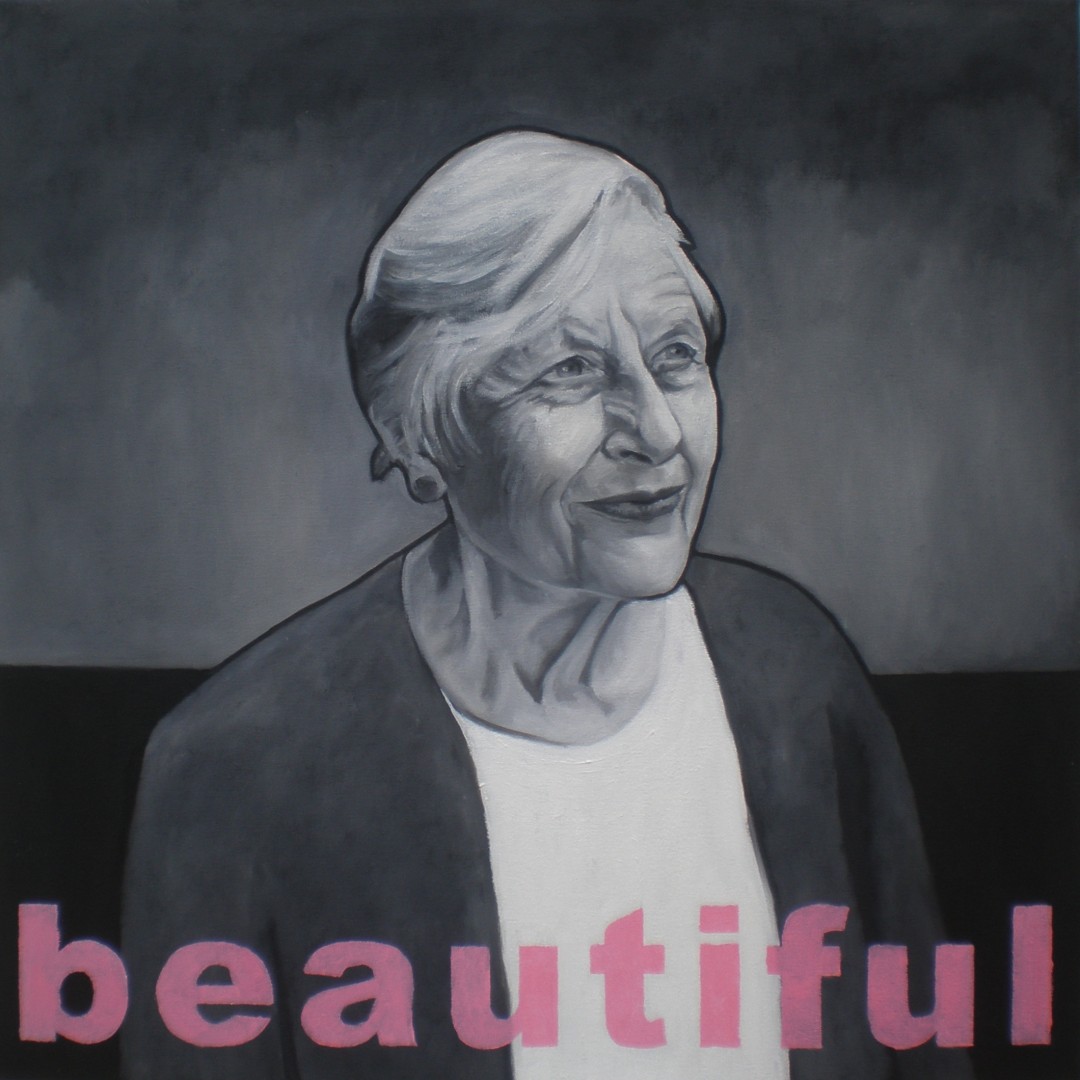 A series of her paintings of women, Still Beautiful, is raw and very personal. Inspired by the vitality of a former artist, art teacher and neighbour, Phyl Kiggell – who sadly passed away last year at 92 – it celebrates the beauty of older women, wrinkles and all.
A series of her paintings of women, Still Beautiful, is raw and very personal. Inspired by the vitality of a former artist, art teacher and neighbour, Phyl Kiggell – who sadly passed away last year at 92 – it celebrates the beauty of older women, wrinkles and all.
“I am suggesting that it isn’t only the beauty of youth, but the beauty of life that should be valued and respected,” she explains. Rona hoped with this series to challenge the pressure from the fashion and beauty industry to look young, coupled with an often ageist media and a society which often values youth over experience, the new obsession with selfies going against time-old values of modesty when looking into the mirror too often was thought of as vanity. Her series Seventeen focuses on the beauty of youth. In these paintings, Rona wanted to highlight the beauty for an age group that finds it hard to see how lovely they are.
Celebrating a demographic close to home, Rona has also created full size portraits of women posed in a serious and formal posture, a series of Extraordinary Ordinary Women painted for International Women’s Day, featuring six women she felt were all extraordinary for different reasons. It was their strength, determination and excellence, which was not necessarily visible, that she wanted to depict.
As an art student she painted with colour, but now her pictures are largely monochrome and unusually, she starts with a black canvas applying the white and adding light as the picture unfolds. She feels a palette of greys can be more eye-catching and revealing than a multi-coloured painting.
Her crisp white studio is piled high with portraits, and her living space is predominantly white, gently so with a calming Zen feel; the books arranged in colour sequences.
During Oxfordshire Artweeks, Rona had planned to exhibit with portrait artist Lucy Stopford, whose approach is very different and it is fascinating to compare the two. Lucy concentrates on the face and works fast, directly from life. “Faces are fascinating; they’re an endless exploration,” she says.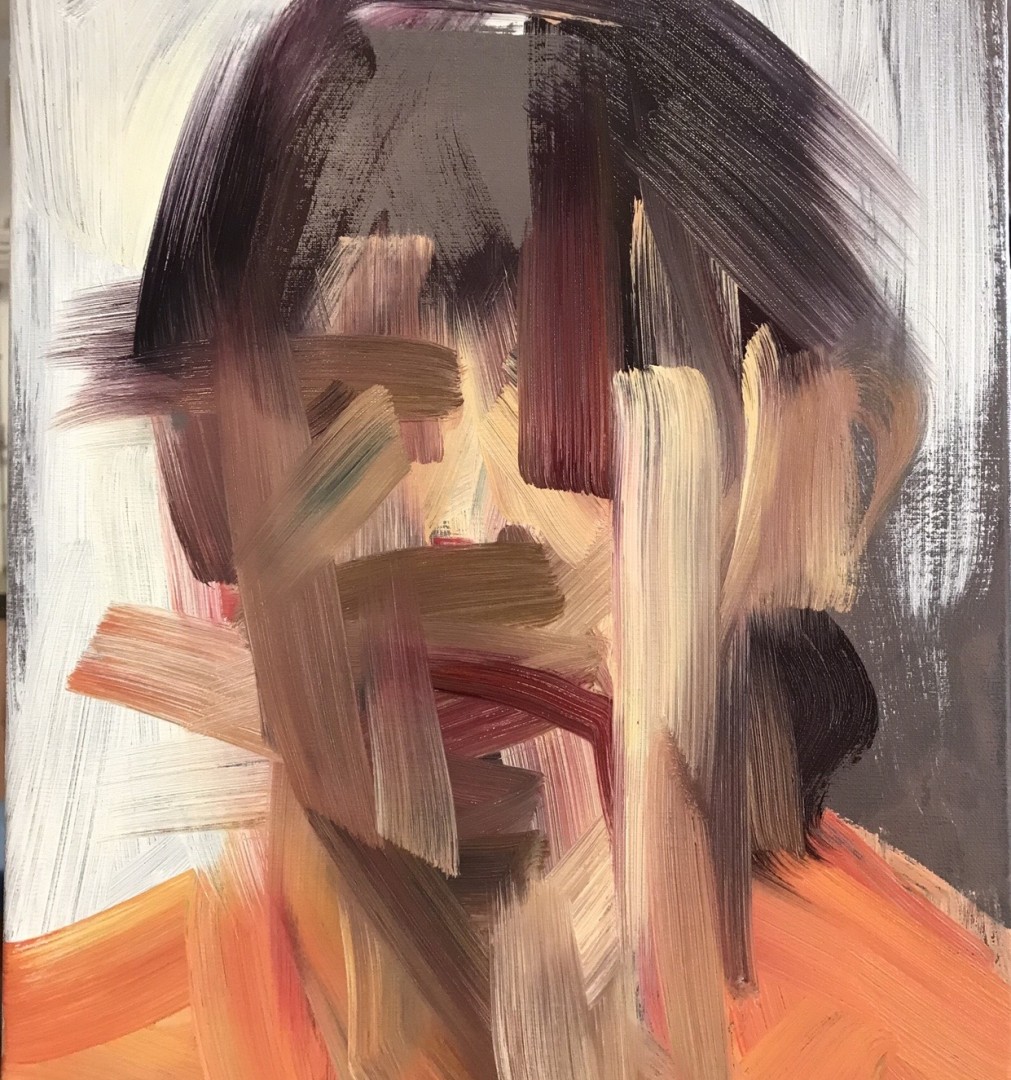
Dainty and light-on-her feet, over and over again she dances fives steps back, studies her subject with a deep concentration, prepares her paint on her palette, and brush held as if she is conducting an orchestra, she approaches the canvas to sweep strokes across it. Just occasionally, a blob of paint drops to the floor and although she is quick to wipe up any spills, you see Lucy anew, as a joyful puppy, leaving paw prints across the ground.
And Lucy’s strokes, whether in paint or charcoal, have a strength, a heart, and an exuberance as she places and replaces her marks on the paper, a process that gives the pictures a dynamism and energy whilst the detail is reduced, so that the viewer’s imagination contributes to the way they see the final painting.
This year the annual Oxfordshire Artweeks festival (2-25 May) has been restricted by coronavirus to a virtual presence: visit artweeks.org and follow #oxfordshireartweeks on Instagram to enjoy the creative talent of these and hundreds of other artists and designers this summer.

